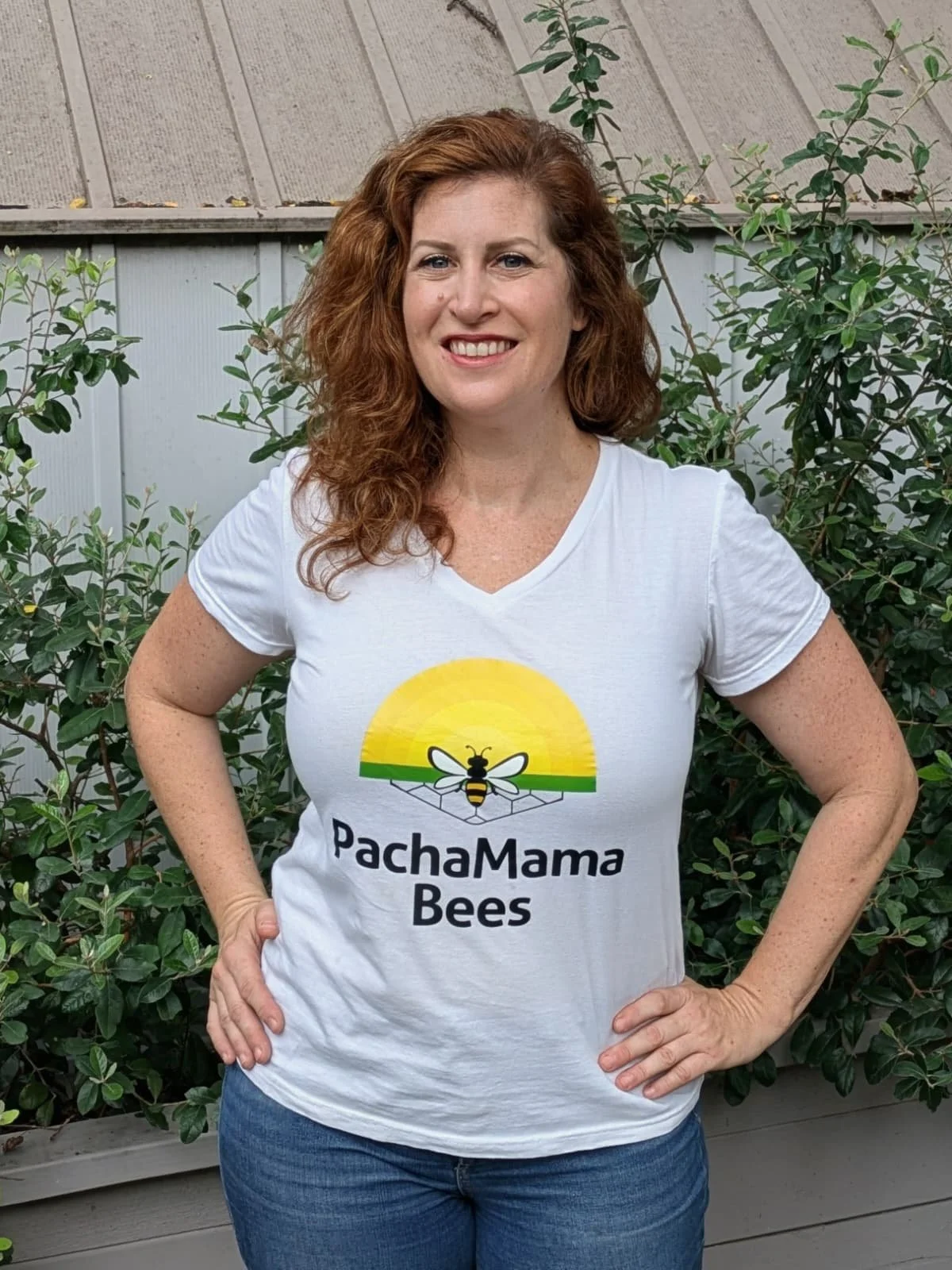
Interview with the Founder

How to Build a Solid Base for Your Bee Colonies: DIY Hive Stand Options

New USDA Findings on the Latest Bees Crisis

Mid-winter Take Aways

Preparing for Swarm Season

The Resourceful Beekeeper

Proactive Feeding: Spring

Propolis, A brief education

Our Sweet, Gentle Honey Bees Gone Wild!

Quick comments/thoughts on neighbors, feeding, and treating

Preparing yourself and your equipment

